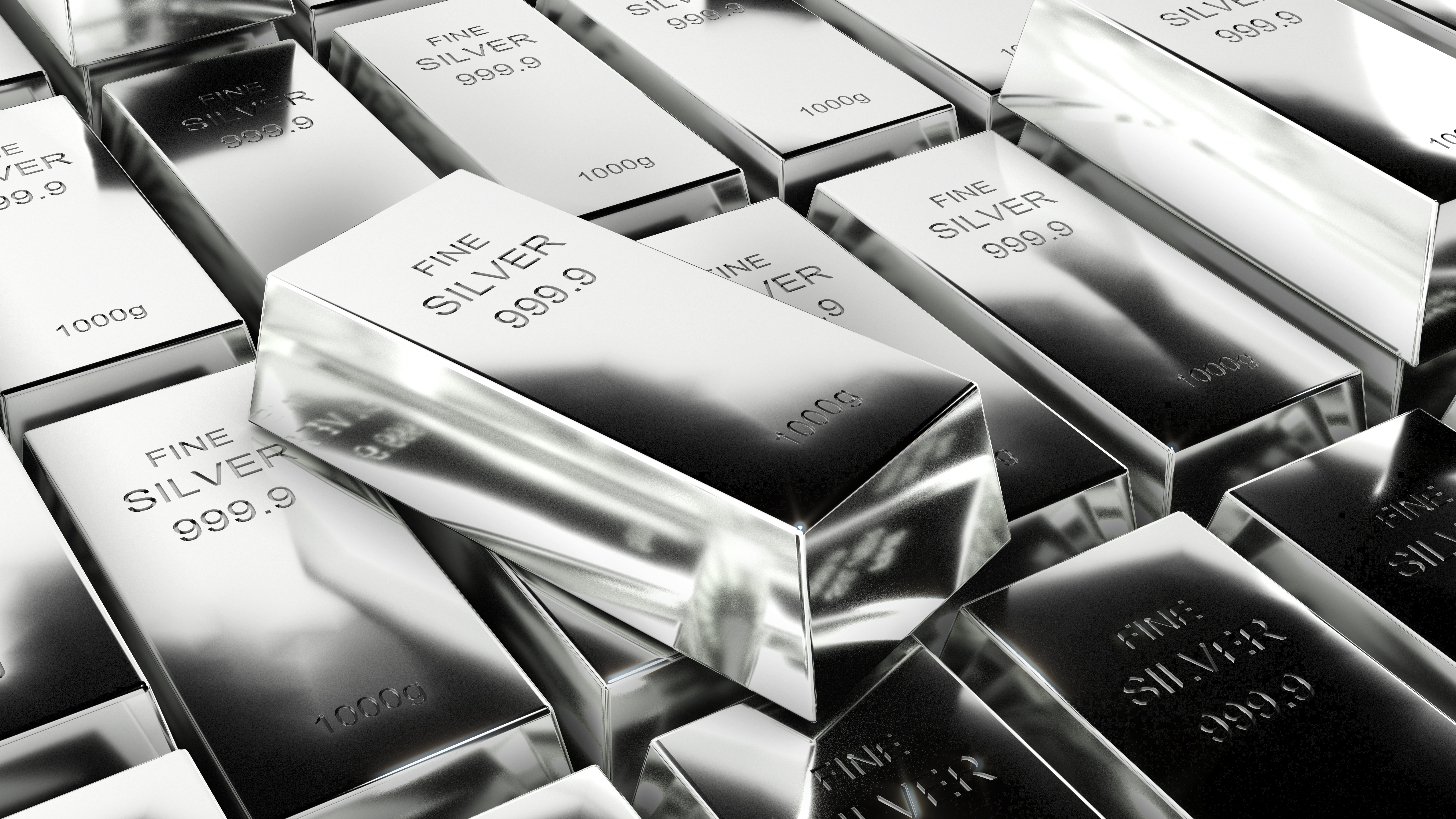For decades, the $50 mark had been the ghost of silver’s past—a psychological, nominal ceiling last touched during the Hunt Brothers’ speculative frenzy in 1980 and narrowly missed in 2011. Today, a massive block trade pushed the spot price past that mythical resistance, soaring to $50.12 per ounce before stabilizing. This definitive breach signals the end of a 45-year cycle, positioning silver not merely as a precious metal, but as a critical, strategic commodity essential for 21st-century technology.
The structural forces underpinning the breakout are fundamentally different from previous speculative bubbles. For the fifth consecutive year, the global silver market is projected to run a significant supply deficit. This deficit persists because production from primary silver mines remains stagnant, with most of the metal recovered only as a byproduct of base metals like copper and zinc. Simultaneously, industrial demand has become voracious. Solar panel manufacturers, electric vehicle (EV) battery producers, and 5G infrastructure suppliers all require silver’s unmatched electrical conductivity, anchoring the rally in tangible, accelerating consumption rather than pure monetary fear.
Expert analysts are sharply divided on the immediate aftermath, yet show unanimous bullishness on the long term. Conservative technical analysts predict a necessary “healthy correction,” arguing that the market is technically overbought and needs to consolidate, perhaps pulling back to the former $44$resistance level. Conversely, the true silver bulls, often citing the historically high gold-to-silver ratio, argue that the breakout above $50 will trigger an algorithmic shift, sending the metal into “price discovery mode.” They point to potential targets of $75 or even $100 per ounce within the next 12 to 18 months, believing the physical supply deficit, coupled with relentless ETF inflows, will initiate a full-blown short squeeze.
The consensus, therefore, is not about if silver will climb higher, but how quickly and with how much volatility. The $50 barrier, now broken, has opened the door to a new narrative: that of silver achieving its “dual-asset” potential. As David Morgan, a long-time silver commentator, noted, “This time is different. We have genuine, structural industrial demand supporting the safe-haven flows.” The market is now positioned for extreme volatility—sharp dips followed by even sharper recoveries—as industrial users, investment funds, and retail stackers vie for a dwindling supply, cementing silver’s status as one of the most exciting and unpredictable assets of the decade.


